Pasta!
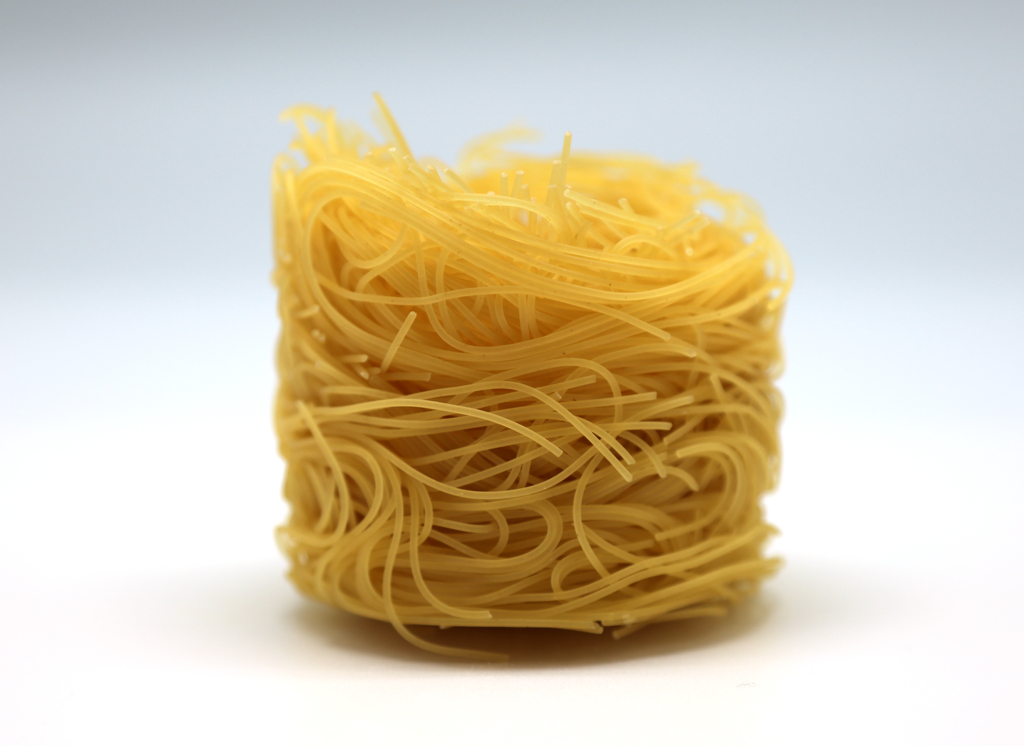
Capellini
Capellini, also known as angel hair pasta, is a delicate and fine pasta variety with a fascinating history in Italian culinary traditions. The name "capellini" means "fine hairs" in Italian, reflecting the pasta's incredibly thin strands. While the specific origin remains unclear, capellini has been part of Italian gastronomy for centuries. Its creation is often attributed to the skillful pasta artisans of the Emilia-Romagna region, where pasta-making has a rich history. Capellini's thin texture makes it a quick-cooking pasta, and its versatility allows it to pair elegantly with a variety of sauces, from simple olive oil and garlic to light tomato or seafood preparations.
Read more about Capellini here!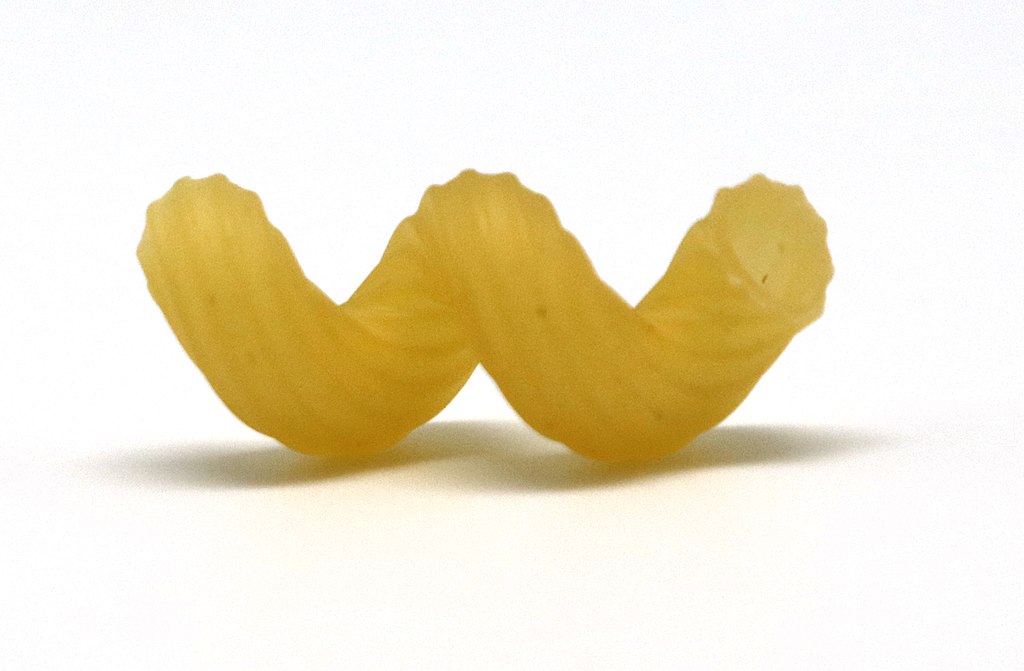
Cavatappi
Cavatappi, a pasta variety known for its distinctive corkscrew shape, has become a popular choice in kitchens around the world. Its name, which translates to "corkscrew" in Italian, aptly describes its unique helical design. Although the exact origins of cavatappi are not well-documented, pasta, in general, has a rich history in Italy dating back centuries. The unique shape of cavatappi serves not only an aesthetic purpose but also practical, as its spirals capture and hold onto sauces, making it an excellent choice for hearty dishes.
Read more about Cavatappi here!
Farfalle
Farfalle, commonly known as bow-tie or butterfly pasta, boasts a history rooted in Italian culinary craftsmanship. The name "farfalle" translates to "butterflies" in Italian, aptly describing the pasta's distinctive shape. While the exact origin remains uncertain, farfalle's creation is often attributed to the skilled pasta artisans of the Lombardy and Emilia-Romagna regions in the late 16th century. These artisans sought to innovate pasta shapes by forming small rectangles of dough into bow-tie forms. Farfalle's whimsical appearance not only adds a decorative touch to dishes but also serves a practical purpose, allowing it to capture and hold onto various sauces.
Read more about Farfalle here!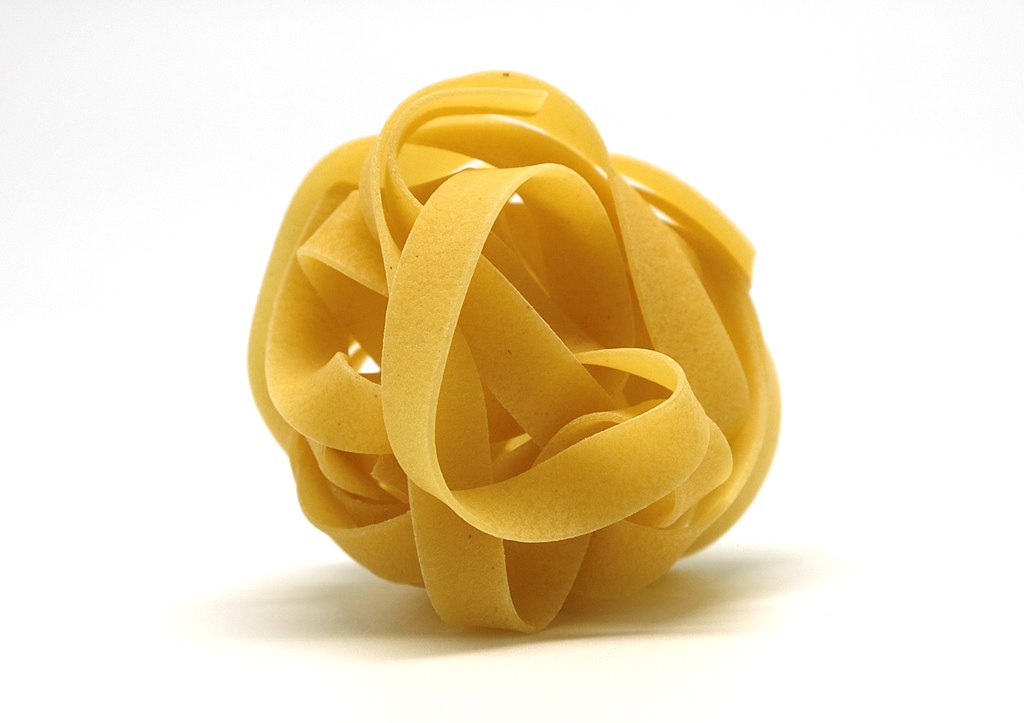
Fettuccine
Fettuccine, a classic ribbon-like pasta, has a storied history deeply rooted in Italian culinary tradition. The name "fettuccine" is derived from the Italian word "fettuccia," meaning "little ribbons." This pasta is believed to have originated in the central regions of Italy, particularly in the areas of Emilia-Romagna and Tuscany. Historically, fettuccine was crafted by skilled pasta artisans who rolled out the dough and cut it into wide, flat ribbons, providing a substantial surface area for sauces to cling to. Fettuccine is often associated with indulgent dishes like Alfredo sauce, where its broad shape is particularly well-suited for holding rich and creamy toppings.
Read more about Fettuccine here!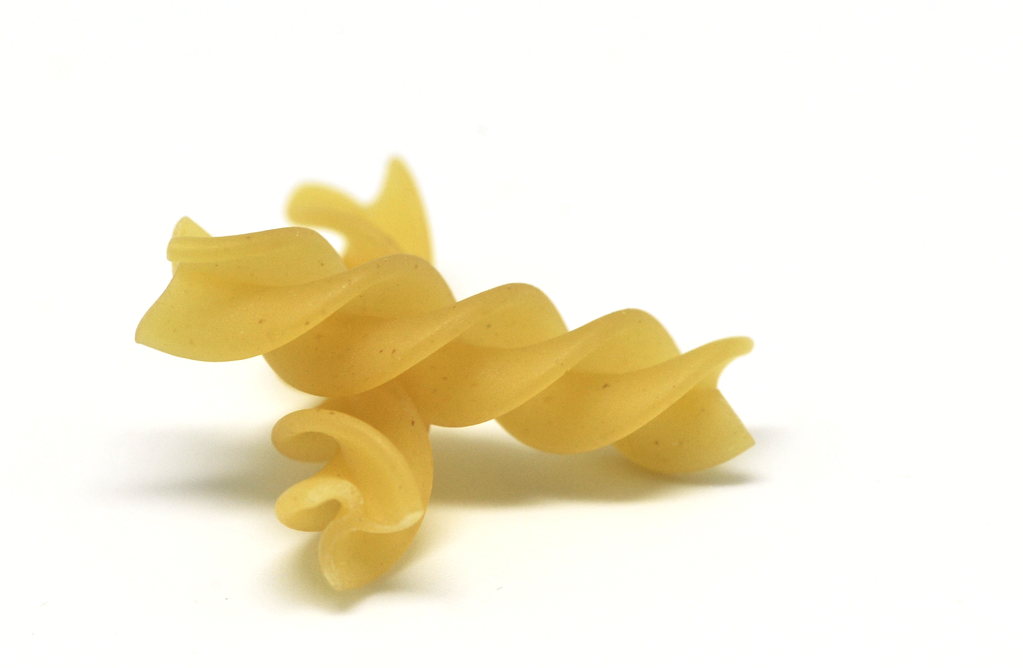
Fusilli
Fusilli, a distinctive corkscrew or helical-shaped pasta, has a fascinating history rooted in Italian culinary heritage. The name "fusilli" is derived from the Italian word "fuso," meaning "spindle," which perfectly captures the spiral shape of this pasta. Fusilli's origins can be traced back to southern Italy, where it was traditionally hand-rolled around thin rods or spindles to achieve its signature corkscrew form. This ancient method of production allowed the pasta to catch and hold onto sauces effectively. Over time, as pasta-making processes evolved, fusilli became more widely available and gained popularity both in Italy and beyond.
Read more about Fusilli here!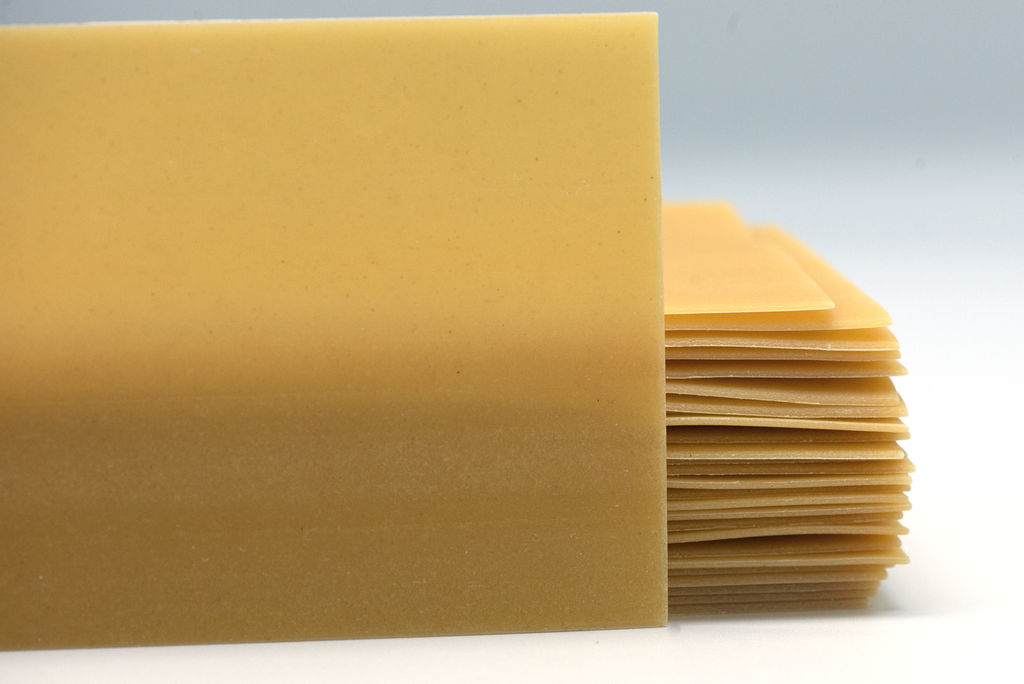
Lasagne
Lasagne, a layered pasta dish that has become a symbol of Italian comfort food, has a history deeply intertwined with the evolution of pasta and culinary traditions. The name "lasagne" is believed to originate from the Greek word "laganon," referring to flat sheets of pasta dough. While ancient Greeks and Romans had various forms of layered dishes, it was in Italy where lasagne took on its modern form. The earliest recorded recipe for a dish resembling lasagne can be found in a 14th-century English cookbook, but it wasn't until the Middle Ages that the use of tomatoes, a key ingredient in contemporary lasagne, became widespread.
Read more about Lasagne here!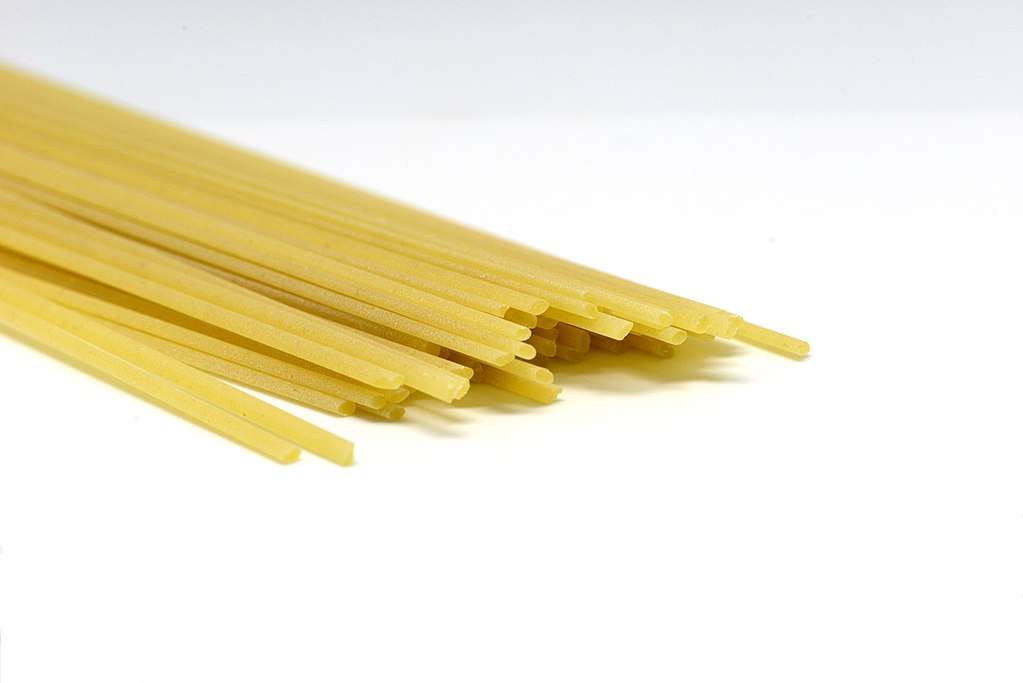
Linguine
Linguine, a type of flat, thin pasta, has a fascinating history deeply rooted in Italian culinary traditions. The name "linguine" is derived from the Italian word "lingua," meaning "tongue," owing to its flat and elongated shape. This pasta is believed to have originated in the Campania and Liguria regions of Italy. Linguine's creation is often attributed to the Genovese people, who are known for their expertise in pasta making. It is said that they developed linguine as a variation of the traditional Genovese pasta, trofie. Over time, linguine has gained popularity for its versatility, complementing a variety of sauces, from simple olive oil and garlic to more elaborate seafood and pesto preparations.
Read more about Linguine here!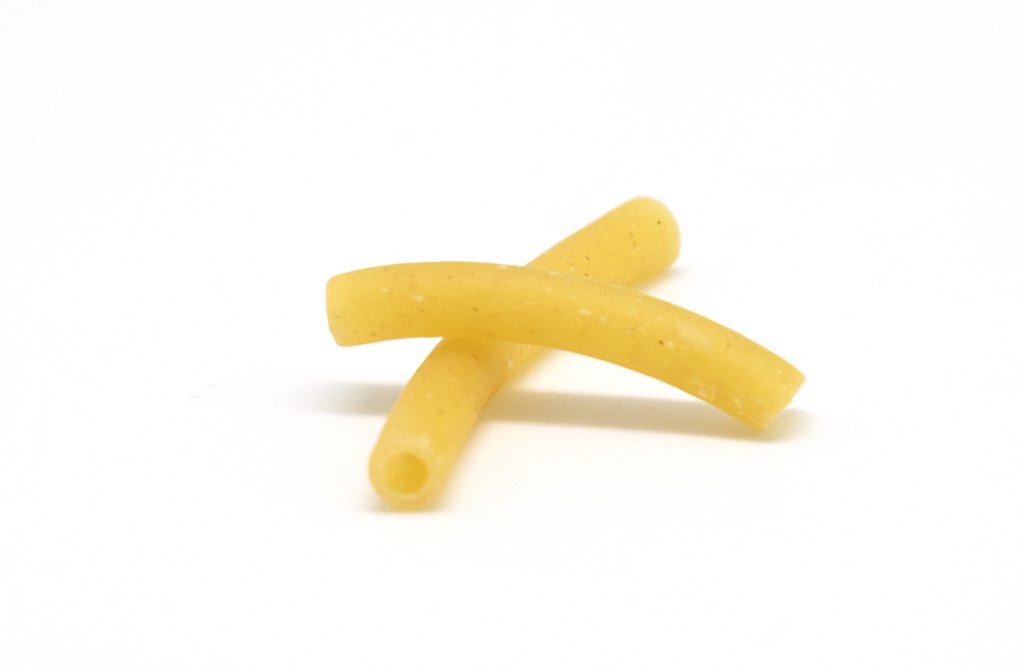
Macaroni
Macaroni, a classic pasta shape, boasts a rich history that spans centuries. The term "macaroni" is thought to have originated from the Sicilian and Neapolitan dialects, where "maccarone" referred to a type of dough made from durum wheat. While pasta itself has ancient roots, macaroni as we know it today became popularized in the Mediterranean region during the Middle Ages. It gained prominence as a staple in Italian cuisine, particularly in Southern Italy. Macaroni's simplicity and versatility made it a favorite among cooks, and it eventually journeyed across the Atlantic, becoming a quintessential component of American comfort food.
Read more about Macaroni here!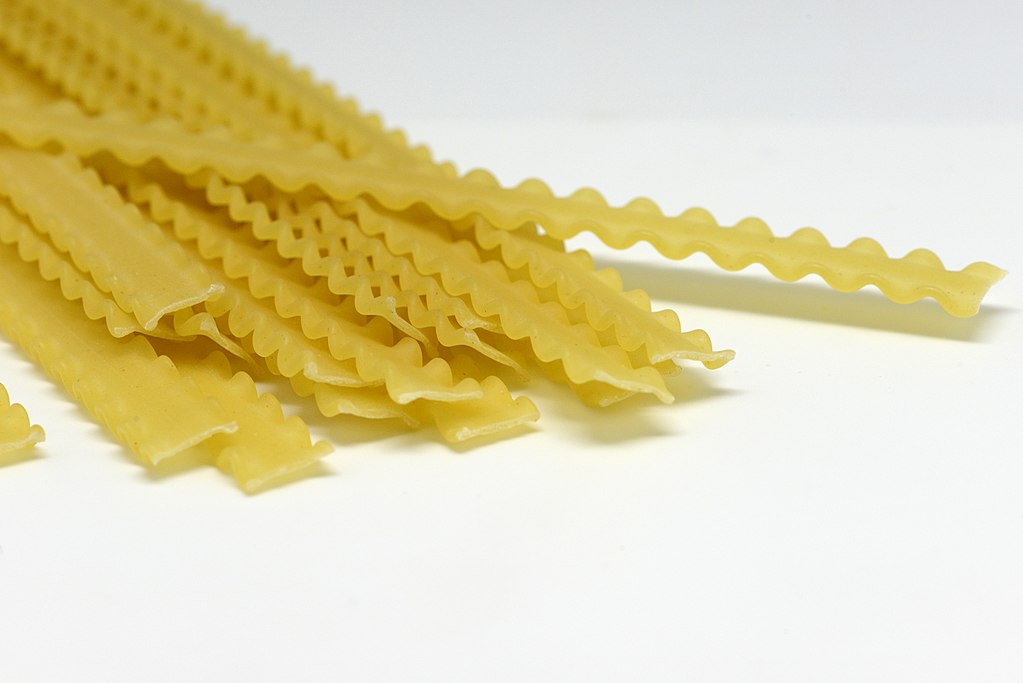
Reginette
Reginette, also known as "little queens" in Italian, is a pasta variety characterized by its long, flat ribbons with ruffled edges. This distinctive shape resembles the frilly collars worn by Renaissance-era queens, giving the pasta its regal name. Reginette is believed to have originated in the Northern regions of Italy, particularly in Emilia-Romagna. Its creation is often attributed to the skilled pasta artisans who sought to add an elegant touch to their culinary creations. The ruffled edges of reginette make it an excellent choice for capturing and holding onto rich sauces, making it a favorite in dishes such as hearty meat ragù or creamy Alfredo.
Read more about Reginette here!
Spaghetti
Spaghetti, one of the most iconic and globally recognized pasta shapes, has a rich history deeply ingrained in Italian culinary heritage. The word "spaghetti" comes from the Italian term "spaghetto," meaning "thin string" or "twine." While pasta has ancient origins, the first documented mention of spaghetti dates back to the 12th century in Sicily. Initially, spaghetti was made by hand-rolling dough into long, thin strands. However, with technological advancements, pasta production became more efficient, and spaghetti gained popularity beyond Italy. In the late 19th century, Italian immigrants introduced spaghetti to the United States, where it eventually became a staple in diverse and beloved dishes such as spaghetti Bolognese and spaghetti with marinara sauce.
Read more about Spaghetti here!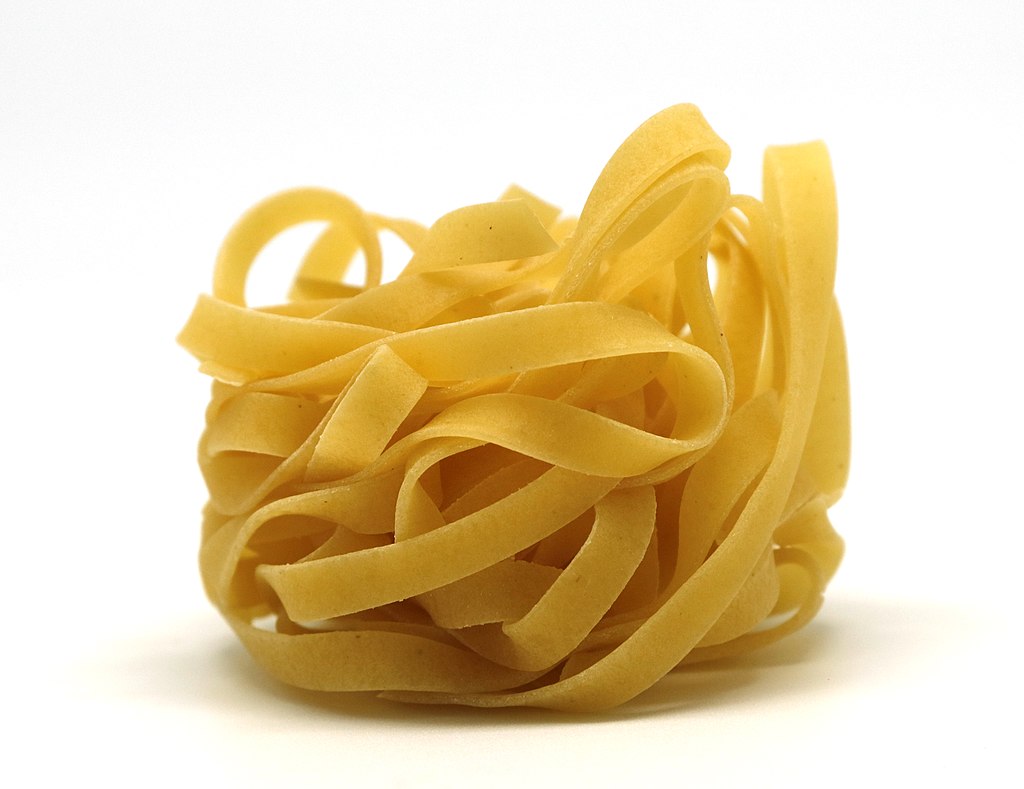
Tagliatelle
Tagliatelle, a flat ribbon-like pasta, has a history rooted in the culinary traditions of Northern Italy. The name "tagliatelle" is derived from the Italian verb "tagliare," meaning "to cut," reflecting the pasta's distinct flat and wide shape. Legend has it that tagliatelle was created in the 15th century by a chef in Bologna to commemorate the marriage of Lucrezia Borgia and the Duke of Ferrara. The chef, inspired by the bride's beautiful blonde hair, supposedly cut the pasta into long, flat ribbons to mimic the strands of her locks. While the origin story may be more myth than fact, there is no denying tagliatelle's prominence in the rich culinary landscape of Emilia-Romagna. Often paired with rich meat or Bolognese sauces, tagliatelle is celebrated for its ability to hold robust flavors, making it a beloved and enduring classic in Italian pasta dishes.
Read more about Tagliatelle here!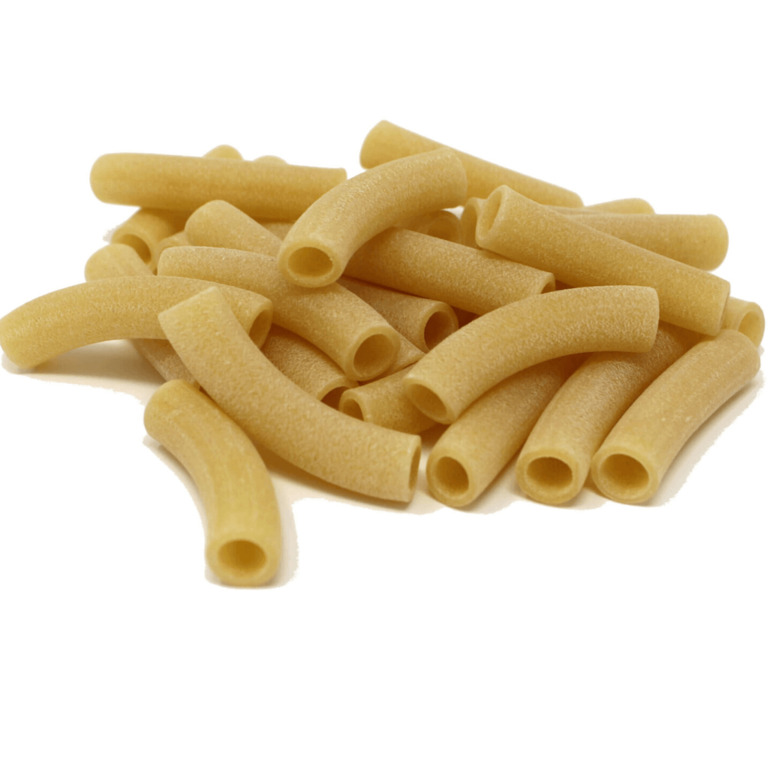
Ziti
Ziti, a tubular pasta with a smooth surface, has a history deeply rooted in the culinary traditions of Southern Italy. The name "ziti" is derived from the Italian word "zita," meaning "bride," and the pasta is often associated with festive occasions, particularly weddings. Its creation can be traced back to the Campania region, where skilled pasta artisans shaped semolina dough into long, narrow tubes. Ziti's cylindrical form, with its hollow interior, makes it an excellent vehicle for capturing and holding onto sauces. While the exact origins of ziti are not extensively documented, its association with celebratory events and its versatility in various pasta dishes have contributed to its enduring popularity both in Italy and beyond.
Read more about Ziti here!